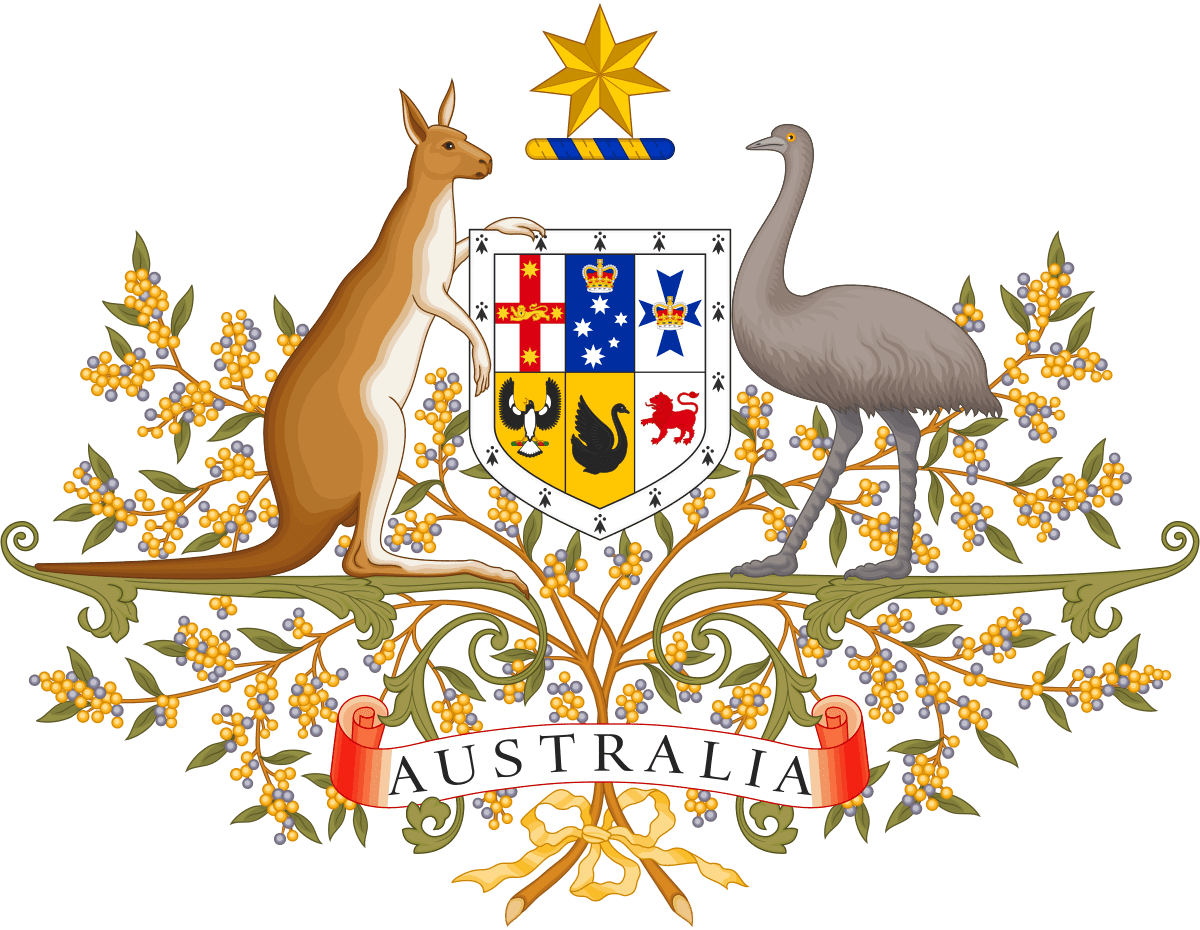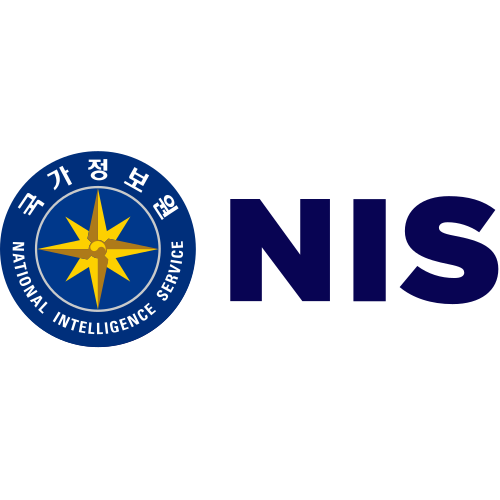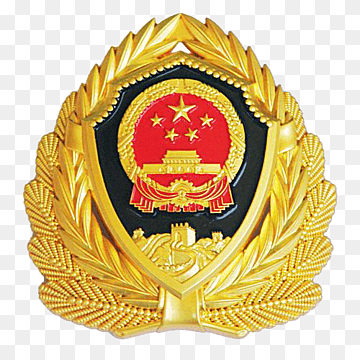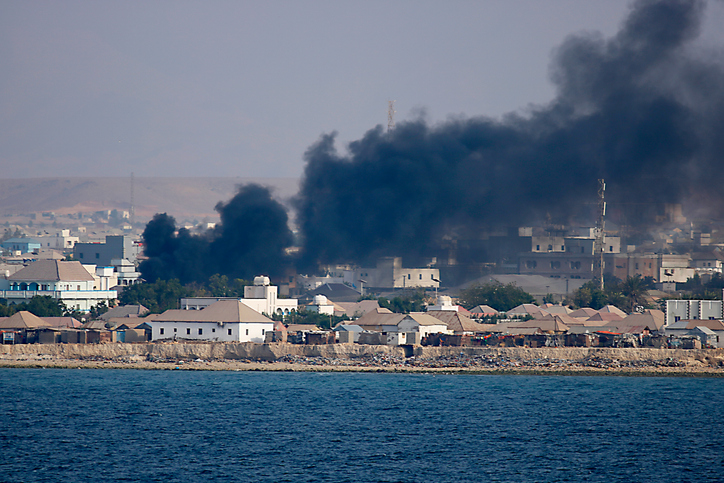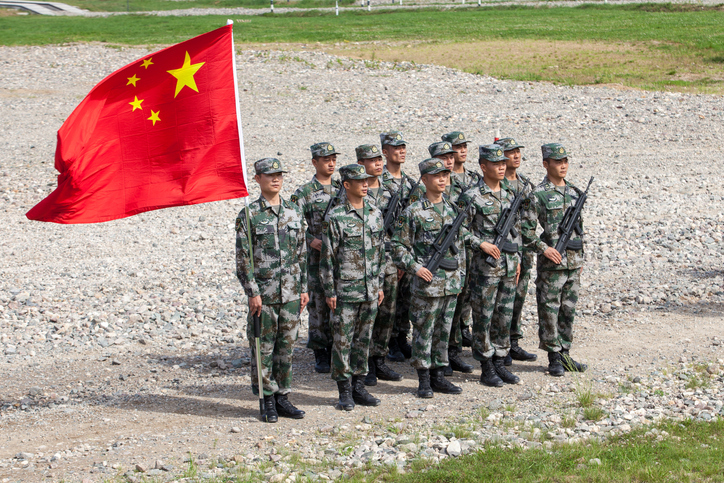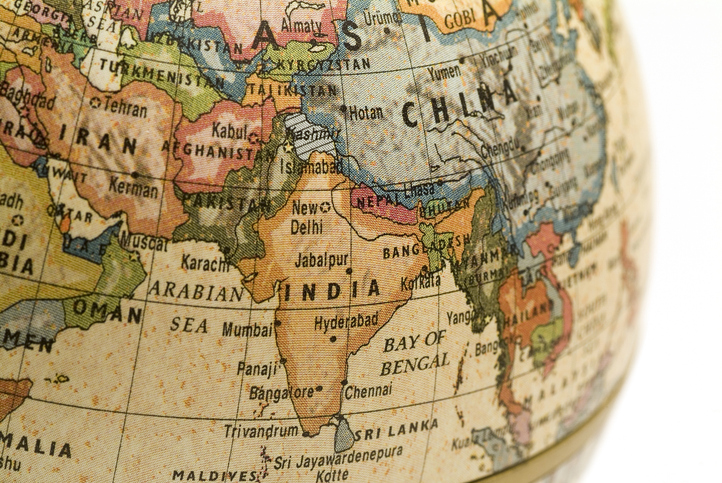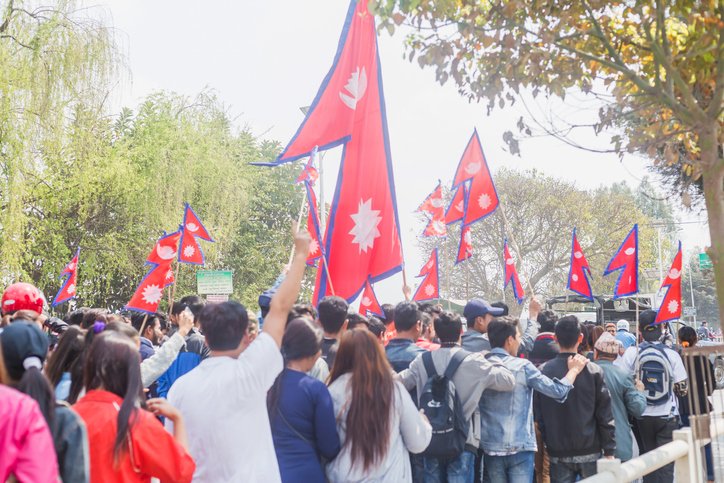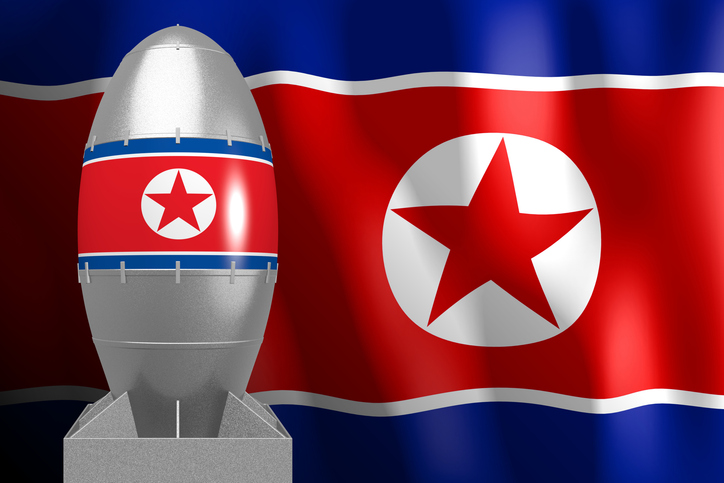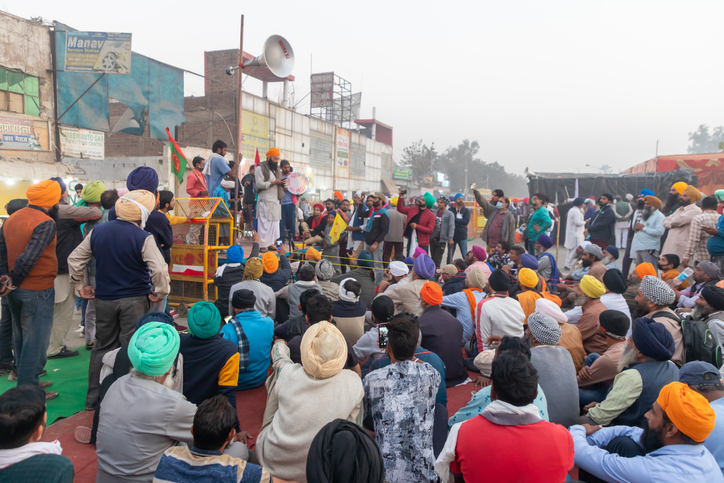
Posted On : Dec 15 2020
Harakat ul-Mujahidin (HUM): Tracing the Evolution of a Militant Group
Harakat ul-Mujahidin, often referred to simply as HUM, is a militant organization with a history deeply rooted in the complex geopolitical landscape of South Asia.
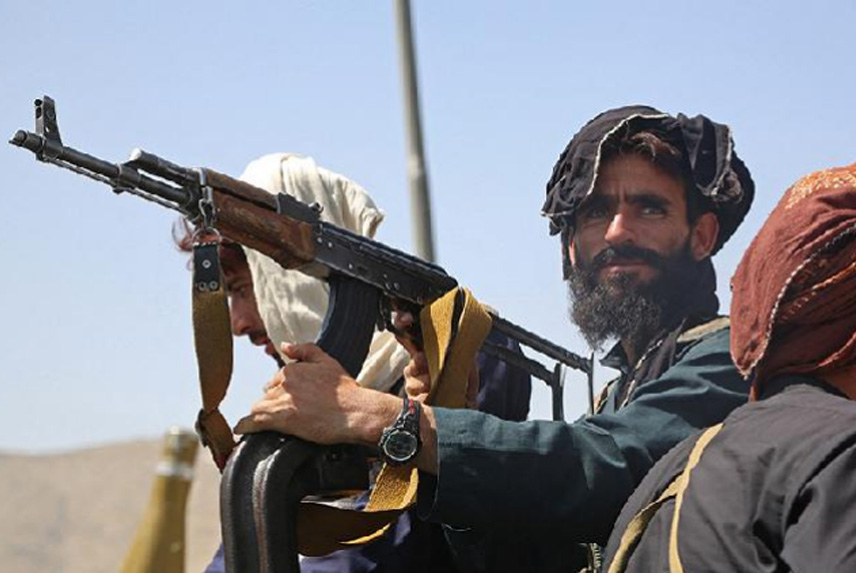
Founded in the early 1980s to support the Afghan resistance against Soviet occupation, HUM has evolved over the years, engaging in acts of terrorism and insurgency with regional and international implications.
HUM was founded in the early 1980s by Fazlur Rehman Khalil and other militant leaders in Pakistan. The group initially focused on supporting Afghan mujahideen in their struggle against Soviet forces. After the Soviet withdrawal from Afghanistan, HUM redirected its efforts toward the Kashmir conflict, aiming to liberate the Indian-administered region of Jammu and Kashmir from Indian control.
Fazlur Rehman Khalil served as the organization's early leader, and HUM maintained close ties with the Afghan Taliban, particularly during their rule in Afghanistan.
HUM's ideology is rooted in a radical interpretation of Islam, with a focus on jihad as a means of achieving its objectives. The organization seeks to establish a strict Islamic state in areas it deems as part of the historic Muslim world. In the context of the Kashmir conflict, HUM's primary goal is the liberation of Kashmir from Indian control and its incorporation into Pakistan.
HUM has been responsible for several significant acts of violence in South Asia. The group has launched attacks against Indian security forces and civilians in the Kashmir region. These actions have contributed to ongoing tensions between India and Pakistan and have hindered peace efforts in the region.
One of the most notorious incidents involving HUM was the hijacking of Indian Airlines Flight 814 in 1999. The plane, en route from Kathmandu to Delhi, was hijacked and forced to land in Kandahar, Afghanistan. The hijackers, believed to be associated with HUM, demanded the release of several militants, including Maulana Masood Azhar, a prominent figure in the organization. The crisis ended with the release of the militants, raising concerns about the group's ability to carry out international attacks.
HUM's activities have drawn international attention and condemnation. India has accused Pakistan of providing support and safe havens for HUM militants, adding complexity to the already strained relations between the two countries. The group has been designated as a terrorist organization by various countries, includsing the United States.
Efforts to counter HUM's activities have included intelligence sharing, financial sanctions, and diplomatic pressure on Pakistan to take action against the group. HUM has faced military operations and crackdowns by Pakistani authorities, but it has continued to operate, often under different names and in collaboration with other militant organizations.
As of my last knowledge update in September 2021, HUM remained active in the Kashmir region. The organization had faced internal divisions and leadership changes over the years, impacting its cohesion and effectiveness. However, the situation in the region is dynamic, and militant groups can adapt and evolve in response to changing circumstances.
Harakat ul-Mujahidin's history and actions highlight the complexities of the Kashmir conflict and the broader challenges of militant extremism in South Asia. The group's radical ideology, regional objectives, and history of violence have had significant implications for regional stability and international relations. Effectively countering HUM's activities requires not only military measures but also addressing the socio-economic and political factors that fuel radicalization in the region. Achieving a lasting resolution to the Kashmir conflict remains a critical goal for peace and security in South Asia.
No Comments Added





